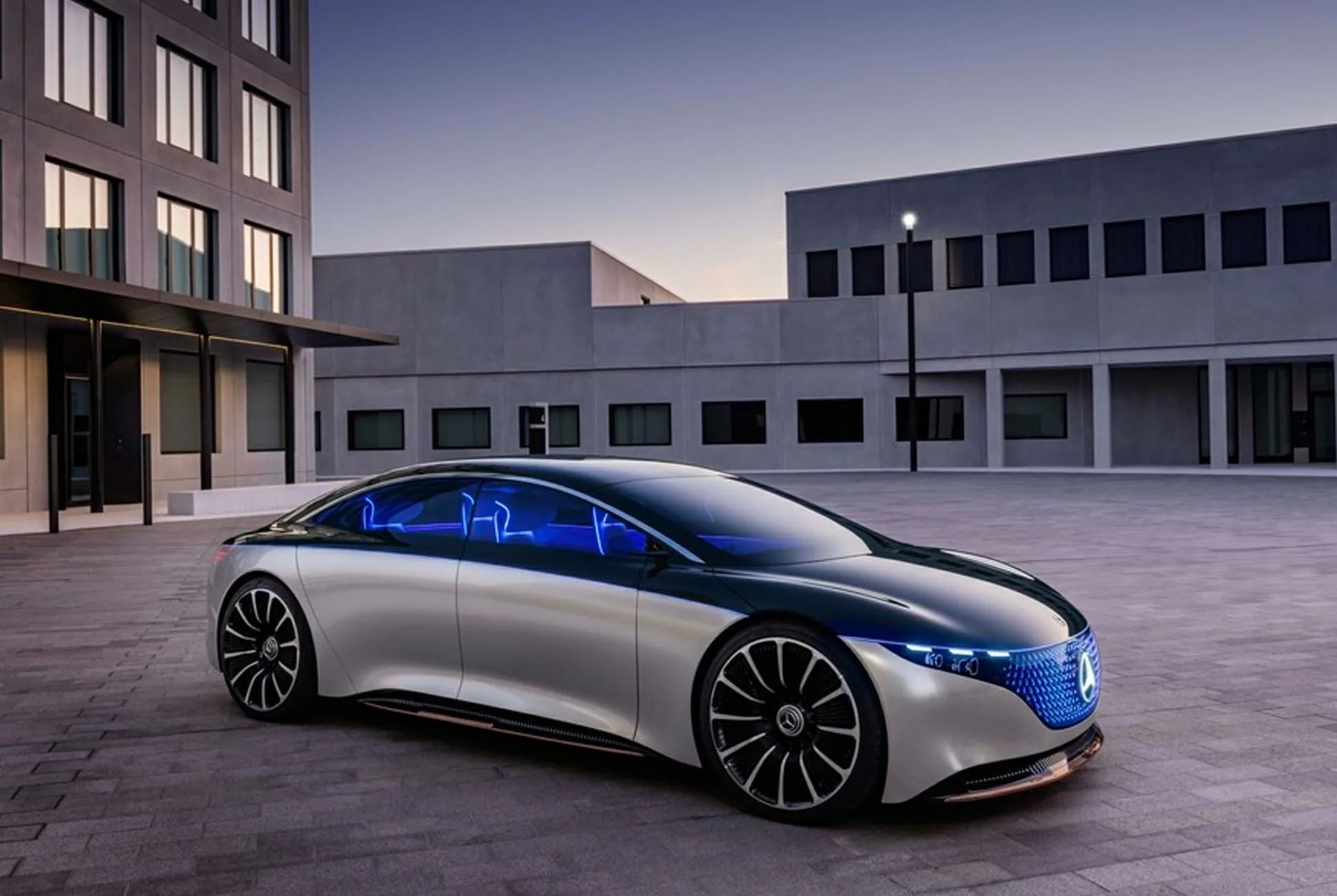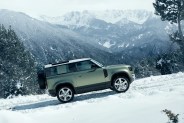Land Rover’s reveal of the new Defender at the Frankfurt Auto Show this week has already sparked massive debate — not just about whether the new 4×4 is a faithful reboot of the original from an off-roading perspective, but also whether it’s too modern or not utilitarian enough.
To find out what the company was thinking about some of these points, we sat down with Nick Rogers, executive director of product engineering, as well as Land Rover North America CEO Joe Eberhardt.
Gear Patrol: How did you modernize the Defender, yet still make it feel like the original?
Nick Rogers: We gave it the suspension travel and clearance so you can drive over everything, but also an incredible traction control system and stability control system. But the thing that’s really cool is the agility that you feel in the car. Yes, you’ve got incredible travel, but the agility of the car and the steering feel reflect the upgrade we made to the chassis design.
I said at the outset that it shouldn’t be a body-on-frame (vehicle), because as soon as you’ve got them separated, no matter how you try and join the body to the chassis you always get movement between the two, and the rubberized mounts are always a spring. With the technology that we use with our aluminum structures — a field in which we are the leaders — we were so much better off making an incredibly stiff and strong monocoque.
GP: Doesn’t the new interface technology make it feel much less like an authentic Defender?
NR: So much of the cars are all about authenticity, and simply the idea that if you don’t need it, you don’t have it. We pushed that structurally and in the interior design, but also in the infotainment system.
It’s connected, which is hugely important today and it allows us to update the car continuously, but we purposely went through every single aspect to make sure this is authentic and genuine. That extends throughout the whole vehicle.
With the Defender, we wanted to really understand what the vision was for the original, and we made sure we went back to that original vision. Our team ran workshops to find things that were on the original that didn’t have a function, and that was hard to do. Now, of course, it’s also got to be modern and not just functional.

